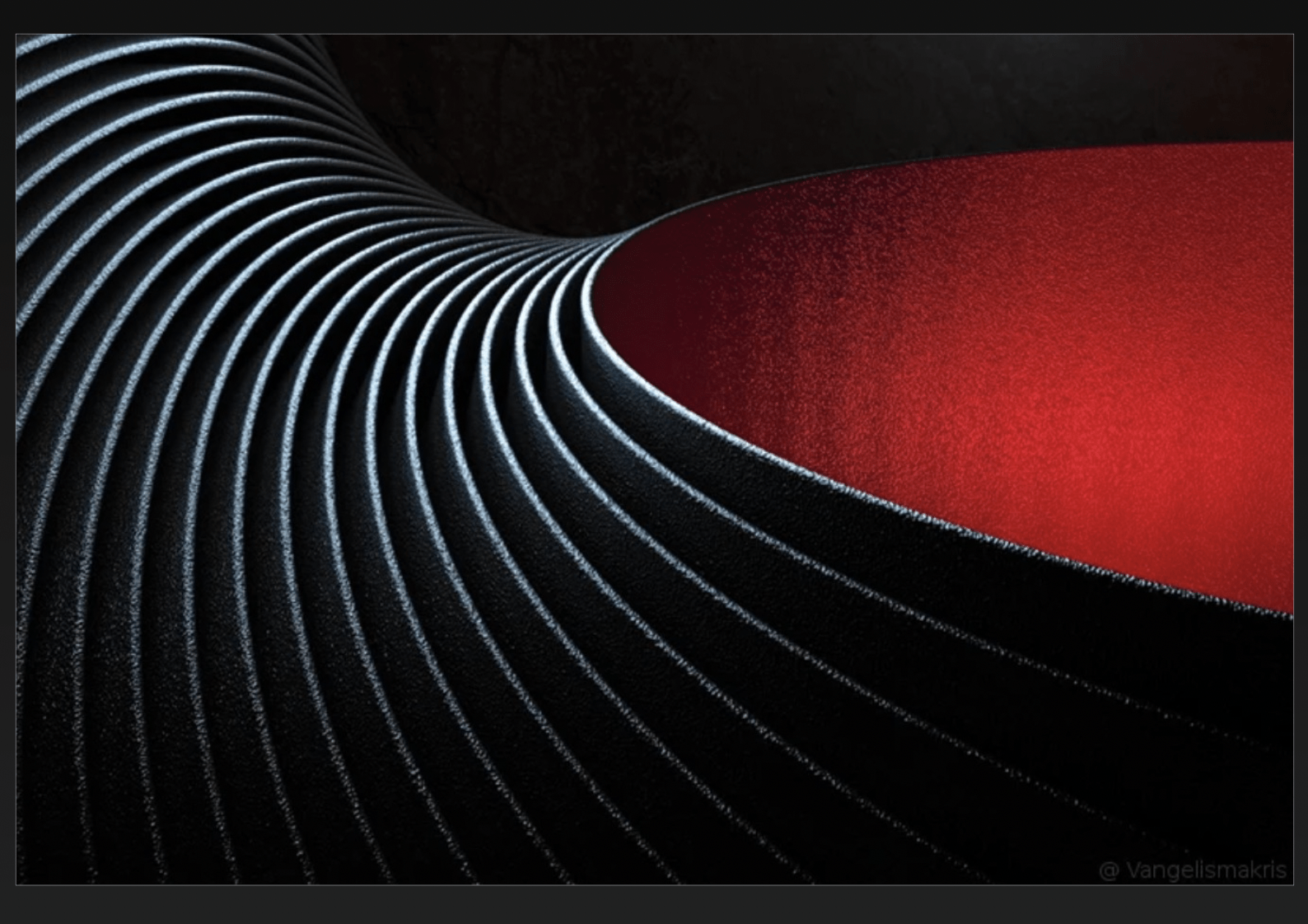The way I will be presenting the photographs will be a 9-grid image collage with 9 photos in each grid. The photos will be arranged in a way that the 8 photos on the outside surround the unique photo in the center. 
Props:
- A large board
- A few chairs and a figure
- Messy pieces of paper on the board
Contact Sheets:
Yellow:


The yellow photos are the ones that are overall success in terms of fitting my vision but are lacking details in either facial expression or lighting that really show the frustration of the math enthusiast. Many of these photos have too much of boring and banal facial expressions, and some of the photos had my face blocked without showing other signs of identity.
Green:

The green photos are the photographs that fit my vision and could be used for the final 9 pictures. The green pictures differ from the yellow ones as all green photographs do not have obvious flaws (e.g. facing down or hiding the face without exaggerations on other body parts, bad lighting, and banal postures). The green photographs have many unique features about them such as a good angle, a good posture, or exaggerated facial expressions. The green photographs also contain details that I think could enhance the effects of the photo and make it fit the vision more.
Red:

The red photos are the best photos from the set. The photos accurately represent my vision and clearly convey the ideas I want to express. The main difference between the red and the green photos is that the red photos give me a sense of vividness and realism. I asked a few friends and family members and the ones that saw the red photos had a higher chance of realizing my vision and intent without me telling them.
Analysis: Studio Josh3500.JPG:
This photo is the most iconic and representative photo out of the photos with the frog figure on the chair. In this picture, I am standing near a very messy board I intentionally set up (with red paper stripes and my math worksheet pages), trying to teach the frog figure how to do the math. My facial expression is very passionate yet a bit insane as I am explaining to a figure. In the photograph, the chairs form a pattern of lines, all pointing toward the right side of the photo where I stand. The varied shape of the gaps of the paper from the whiteboard also gives a contrast to the identical shapes of the worksheets. My hand is also carefully placed, with the fingers spread out looking like the left hand is facing the camera, while the right-hand points toward the board.
Green & Red Edited:

Final Presentation:

For this photography presentation, I chose the format of having 9 photos arranged in a 3×3 plot, inspired by a common arranging format in Asia called the “九宫格” (9-block grid). The photo collage has the photo without the frog figure at the center as it would represent the negative feelings when no one is paying attention or listening. I used frogs for the collage have another reason – frogs represent my identity the best. I am being called the Froge by all of my friends, and most of my usernames for my internet accounts are called “Froge”. The lighting difference between the outer photos and the one at the center is also intentional as it can fit the mood of the photo better by giving vividness to photos that have a figure listening.

























